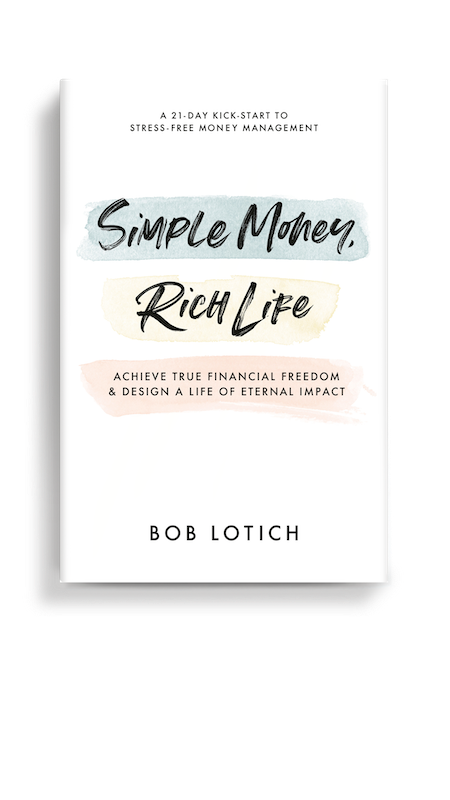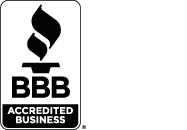
This review was written by Linda A Stortz. Linda is a CPA in Florida and also a budget/debt coach with Crown Financial Ministries. Find her at LStortzcpa.com and FinancialPeace4You.com.
I read the book, Bank On Yourself: The Life-Changing Secret to Protecting Your Financial Future, by Pamela Yellen. The author has been a consultant to financial advisors for twenty years. She has investigated hundreds of savings and investing strategies and vehicles before learning about the “Bank on Yourself (or B.O.Y.)” strategy. Her mission is to promote the message of “Bank on Yourself,” which she believes is the most powerful financial secret for all.
The book was written to those who are tired of gambling with their financial future but instead would like a secure and predictable financial future. It reveals the strategy for taking back control of one’s financial future that Wall Street, banks, and credit card companies don’t want people to know.
The author states that the “Bank on Yourself” strategy isn’t something new but has existed for more than one hundred years. The purpose is to let people get back the money that they spend on big-ticket items plus the interest that they pay to financial institutions. In the light of the volatility of today’s stock market, the author presents this strategy as a sure way to fund a retirement plan that one can truly count on.
This strategy requires a person to purchase a special whole life insurance policy that has cash value. It must pay out dividends and must include a paid-up addition rider. These two features will significantly accelerate the growth of the cash value of the plan. By adding the paid-up additions rider, one could have as much as forty times more cash value at the end of the first year than a traditional whole life policy could provide.
How the strategy works
The policyholder takes out such a life insurance policy and pays the policy premiums when due. The value of the policy increases due to the benefits of the dividends and paid-up additions. When the policyholder has a need for money, he/she takes a loan from the policy from its cash value. At present, the IRS doesn’t assess taxes on a policy loan from a life insurance policy, so this loan would be a tax-free loan. Then, the policyholder can set up a repayment plan to pay himself/herself back the amount of the policy loan with interest to the insurance policy. For example, instead of going to a bank for a car loan for $20,000 and then paying the $20,000 back to the bank plus $5,000 interest, a policyholder would borrow the money from his/her cash value of his/her whole life insurance policy and then pay back $20,000 principal plus $5,000 in interest. Instead of the $25,000 being paid to an outside lender, he/she would use $20,000 of his/her own money to build another $5,000. Of course, the first step would be to build up cash value in the policy to start with, but once this is done, the policyholder would be able to go through life never having to pay interest to an outside lender ever again.
The author points out several benefits of this strategy to the reader to help control your money:
- It will help to create your own financing system, so that you can get back the entire purchase price of everything that you buy such as cars, vacations, home repairs, business startups, college education, medical expenses, and retirement funds.
- It will help to grow your nest-egg safely every year without losing any sleep over watching the stock market.
- It will help to learn a little-known strategy that America’s wealthy have used to legally reduce their taxes.
- It will help provide a solid financial plan for the future with no guesswork required.
- It will help to establish an emergency fund.
- It leaves more wealth to your heirs than you could do otherwise and leave a legacy for future generations by teaching the “Bank on Yourself” strategy to your children and grandchildren to pass on.
- It allows you to be your own source of financing and recapture the interest that you used to pay to lending institutions, but now to yourself.
- It helps you to create a tax-free retirement income fund.
- It helps you to keep your transactions private, known only between you and your insurance provider.
- It presents a strategy that anyone can benefit from, regardless of age or income.
The author then presents several chapters of first-person testimonials which attest to the success of using this “Spend and Grow Wealthy” strategy. These testimonials supposedly give real-life examples (but who knows?) of how everyday people reached their short and long-term goals by using this strategy.
After reading about this strategy, most readers would typically have questions such as…
1. “How do I get money to start on a “Bank on Yourself” strategy?”
The author then discusses eight ways to do this, such as restructuring debt, using your existing retirement funds, using your tax refund, making lifestyle changes, converting your existing life insurance policies, and more.
2. “How do I find out more information about this?”
This program trains “Bank on Yourself” Certified Advisors (insurance agents and financial advisors) who are available across the U.S. to do a personal financial analysis, to answer any questions, and also to present advantages and guarantees of the program. More information is available on their website at: BankonYourselfInfoCenter.com.
A word of caution
As a CPA and also a follower of personal finance topics, I have my doubts about the validity of this particular financial strategy. Up to this point, I had never heard of it. Upon researching it further on the Internet, several people have questioned it as to whether or not it’s a scam. The author repeatedly mentions how Suze Orman and Dave Ramsey aren’t familiar with this specific type of whole life insurance policy, which I find hard to believe. However, I would recommend this book to others only for the purpose of being aware of the Bank on Yourself strategy but would strongly caution them to research it in depth before pursuing it.




